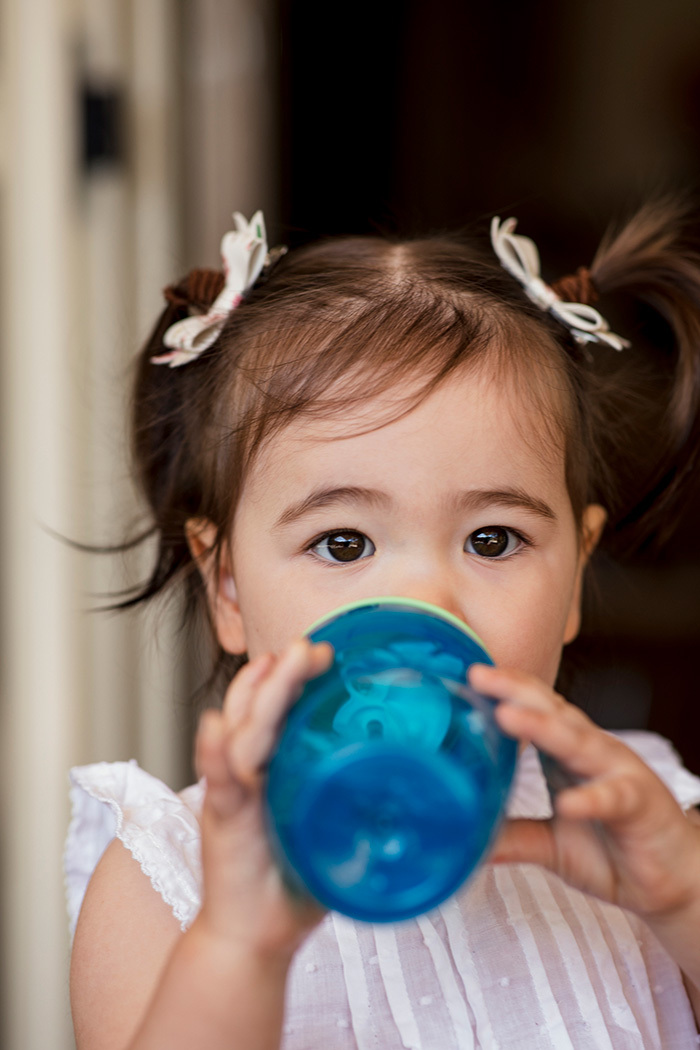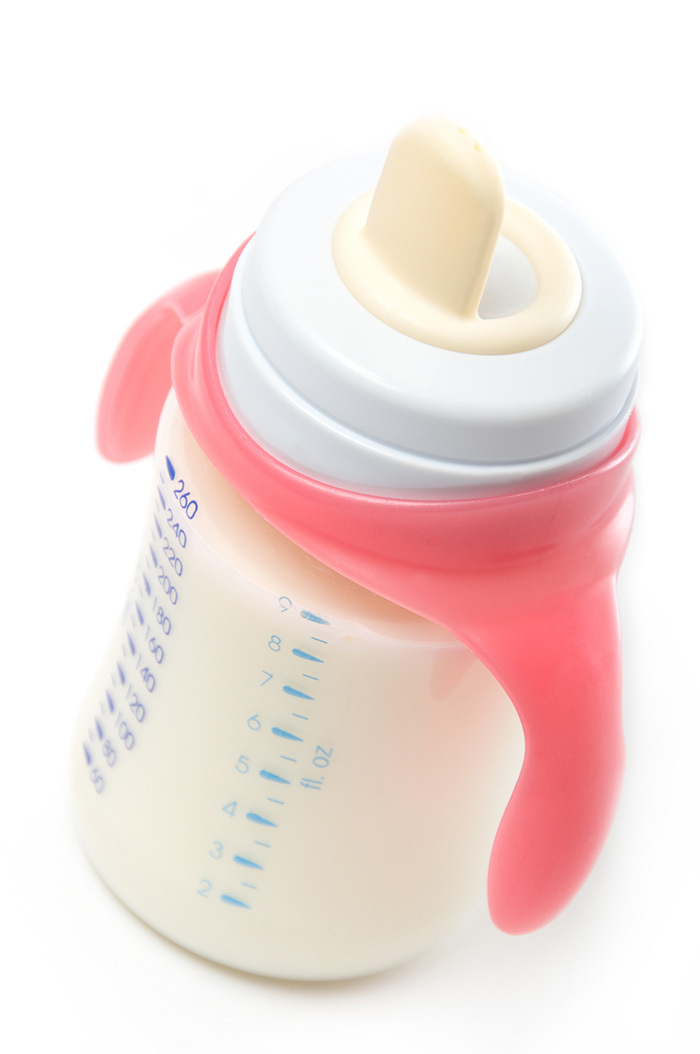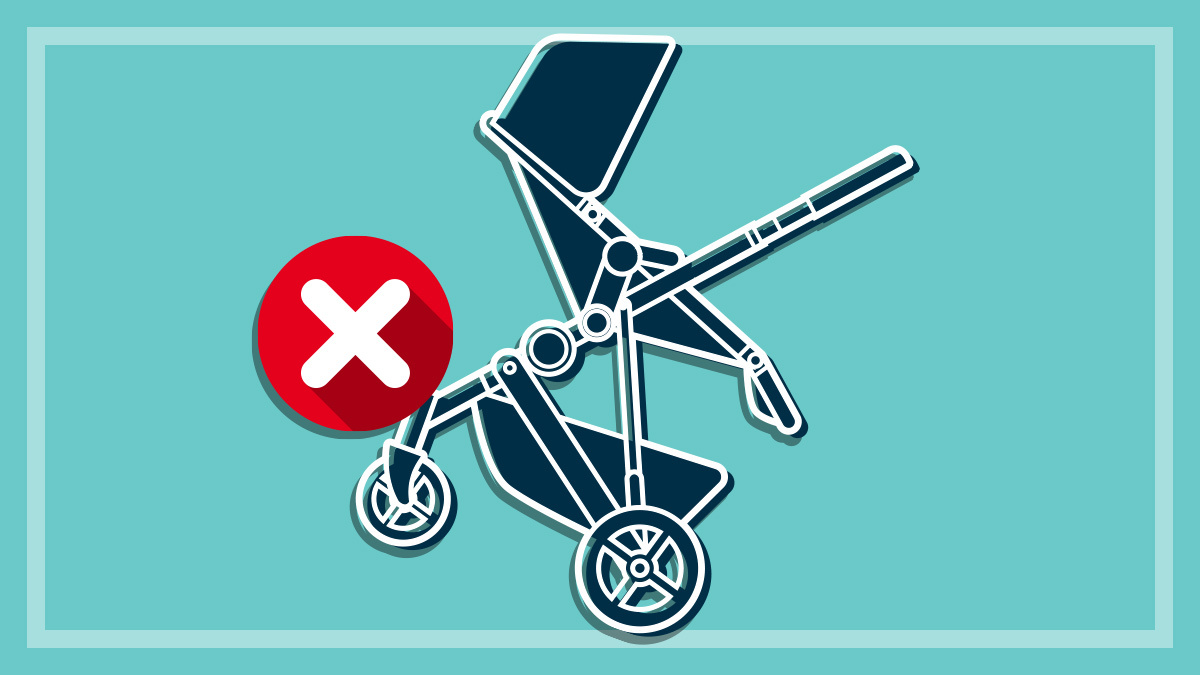Get our independent lab tests, expert reviews and honest advice.
Does your child need toddler milks?

If you’re the parent or carer of a toddler, chances are you’ve clocked ads for toddler milk drinks in parenting mags, on parenting websites and forums and popping up in your social media feeds.
On this page:
- What the ads don't make clear about toddler milk
- Toddler milk vs cow's milk
- The trouble with toddler milks
- How to gauge your child's eating
- Infant formula marketing loophole
- Infant and toddler milk label explainer
Even if you’re not in that demographic, you may still have encountered ads for toddler and junior milks on mainstream TV. You know the ones we mean – images of cherubic, bright-eyed toddlers happily exploring the world around them with a tin of branded milk powder visible in the foreground.
The marketing of these products make it abundantly clear that they contain a range of essential nutrients – vitamins, minerals, often probiotics and prebiotics as well – which support a toddler’s cognitive development, immune system, digestive function, and growth and development. But the ads aren’t providing the full picture.
What the ads don’t make clear about toddler milk
There are a couple of key details that are either relegated to the small print and easily missed by busy parents, or that are fairly ambiguous in toddler milk marketing.
The first is that toddler milks should only be supplementary to a varied diet when energy and nutrient intakes may not be adequate.
But for parents just wanting the best for their toddlers, whose eating at this age can be picky, patchy and inconsistent to say the least, these products can come across as the best way to ensure optimal nutrition.
For parents just wanting the best for their toddlers, these products can come across as the best way to ensure optimal nutrition
The second is that they’re often higher in sugar and lower in protein and calcium than regular cow’s milk, which is the recommended follow-on drink from breast milk (or infant formula) for children from the age of 12 months.
The kicker? They’re also quite a bit more expensive than regular cow’s milk.
Toddler milk vs cow’s milk
We looked at the content of more than 30 toddler (1+ years) and junior (3+ years) milk products that you can buy from major retailers including Coles, Woolworths and Big W, and compared them to regular fresh cow’s milk. The recommended serve size of individual brands and products varies, but the average is 200mL so we’ve used this measure for the purpose of comparison.
Across the products, a 200mL serve contained on average 14g sugar, and as much as 17.8g. A 200mL serve of regular cow’s milk contains 9.5g of sugar.
On average, toddler milks contain 4.4g protein per 200mL, where the same amount of cow’s milk contains 6.8g.
And they contain 213mg calcium per 200mL serve on average, compared with 238mg in cow’s milk.
Crunching the numbers
Tubs of toddler and junior milk powder (usually 800–900g) can cost up to $43 a pop. A 200mL serve costs $1 on average, and as much as $1.56, whereas you’ll spend just 27 cents on 200mL of regular cow’s milk.
Most suggest giving your toddler one to two serves a day, although a handful suggest up to four serves. Following individual product serve size recommendations, the toddler milks we looked at cost on average $2.20 a day. If drunk daily, this amounts to about $67 a month.
In just one month, the most expensive ($3.52 a day) could set you back $107 – that’s about $1285 a year.
Toddler milk vs cow’s milk
Per average serve size 200mL.
Sugar:
Toddler milk 14g
Cow’s milk 9.5g
Protein:
Toddler milk 4.4g
Cow’s milk 6.8g
Calcium:
Toddler milk 213mg
Cow’s milk 238mg
Cost:
Toddler milk $1
Cow’s milk 27 cents
NOTE: We looked at the content of more than 30 toddler (1+ years) and junior (3+ years) milk products that you can buy from major retailers including Coles, Woolworths and Big W and compared them to regular fresh cow’s milk. Figures given are the average across our results.
The trouble with toddler milks
If you’re worried because your toddler doesn’t seem to be putting on enough weight, or that they’re missing out on vital nutrients because they’re a picky eater, or that they’re always too busy playing and exploring to want to eat, giving them a specially formulated toddler or junior milk might seem a reasonable solution – particularly if they enjoy drinking them.
But there are a few reasons why toddler milks are problematic.
1. Sugar creep
Infants under 12 months who are unable to be breastfed need specially developed infant formulas, which are fortified and nutritionally adequate. But after 12 months of age, it’s considered appropriate to move on to plain cow’s milk along with regular family foods.
However, companies that make infant milk formula had other ideas. Enter toddler milk, the marketed substitute for breastmilk when your child is considered too old for infant formula, and a product that’s positioned as a suitable, or even preferable, alternative to cow’s milk – at least up to the age of three.
A toddler can get as much as 40.8g of sugar a day from toddler milk drinks alone if following suggested servings. That’s 1.24kg – or 310 teaspoons – of sugar a month
But according to Dheepa Jeyapalan, Manager of VicHealth’s Healthy and Sustainable Food Systems team, one of the main problems with toddler milks is that they’re less nutritious than cow’s milk.
“Toddler milk drinks have less protein than cow’s milk. Many also have less calcium,” she says.
The amount of sugar they contain is of particular concern.
“A 2020 VicHealth and Deakin University study found that toddlers would consume around 240g more sugar, about 60 extra teaspoons of sugar, over a month if they drank toddler milk daily compared with regular cow’s milk.”
CHOICE’s research produced similarly alarming findings. A toddler can get as much as 40.8g of sugar a day from toddler milk drinks alone if following suggested servings. That’s 1240g (1.24kg) – or 310 teaspoons – of sugar a month.

2. Displacing whole foods
Accredited practicing dietitian Natasha Schilling told us that toddler milks can also displace whole foods in a child’s diet, which is problematic.
“Sometimes parents, concerned that their child isn’t eating enough, can fall into a trap of thinking ‘at least they’re getting something if they’re having a formula drink’.”
The issue with this, she says, is that they fill up on the drink and no longer have space for – or interest in – whole foods.
“This can cause problems with oral skills as they are spending less time chewing, moving their tongue around the mouth, getting familiar with different textures and so on.”
Displacing food with milk, even if it’s fortified, can also lead to nutritional deficiencies.
“Nutrients aren’t so readily absorbed by the body from a supplemented milk drink. It’s much better to get vitamins and minerals from whole food,” says Schilling.
“I recommend limiting the amount of milk drinks you give toddlers to 500mL a day so that they don’t displace whole foods, and always offer food first to increase the likelihood of them eating,” she says.
3. Cost
Toddler milk sales in Australia saw a 12% value growth in 2020, worth $375 million, according to market research group Euromonitor.
If your toddler is drinking toddler milk daily, it can add as much as $107 a month to your grocery bill (depending on the brand). This is not an insignificant amount for most, and for some it can have a noticeable financial impact.
“Toddler milks are being framed as essential to growth and development, when they’re not,” says Jeyapalan.
Who’s impacted by the lack of regulation around toddler milk marketing? People who are already struggling, of course
Dheepa Jeyapalan, VicHealth's Healthy and Sustainable Food Systems
“What we’re finding is that the marketing of toddler milks is negatively affecting people who are already facing greater barriers – whether that be lower health literacy, language barriers, or others. They’re picking up these products thinking their kids need them, and paying four times the price of regular fresh milk which can often be more nutritious,” she says.
It’s the equity issues that worry Jeyapalan most.
“Who’s impacted by the lack of regulation around toddler milk marketing? People who are already struggling, of course,” she says.
Cash cow: The cost of toddler milk
$2.20 a day
$67 a month
$803 a year
NOTE: We looked at the content of more than 30 toddler (1+ years) and junior (3+ years) milk products that you can buy from major retailers including Coles, Woolworths and Big W and compared them to regular fresh cow’s milk. Figures given are the average across our results.
How to gauge your child’s eating
In Schilling’s experience, one of the main reasons parents start giving their toddler these specially formulated milk drinks is because they’re concerned that their child isn’t eating enough. But this smaller appetite is usually completely normal.
“Toddlers often eat less than what they did as babies, because they’re growing at a slower rate. And this apparent loss of appetite can be worrying for parents, who think they need to top them up,” she explains.
Dietitian Natasha Schilling suggests remembering the mantra: ‘Parents decide what food and when. Kids decide if they’ll eat and how much’
But toddlers are usually pretty good at moderating how much they eat, according to Schilling, and she suggests remembering the mantra: “Parents decide what food and when. Kids decide if they’ll eat and how much.”
The example she gives is to offer two or three different foods at morning tea – a starchy food, a fat, a protein, for example, with various colours and textures. Then even if they choose to have just a small bite of each, they’re getting a variety of tastes and nutrients.
“Little kids will have hungry days when you can’t fill them up, and not so hungry days when they’re eating like a bird. And that’s OK.”
The key, Schilling says, is to look at your child’s food intake over time – days or weeks – rather than just at individual meals.
Look at your child’s food intake over time – days or weeks – rather than just at individual meals
“It can be good to write down what they eat over a whole week, and average it out. You might see hungry days, and less hungry days. They might be eating really well at childcare but less at home. As long as they’re tracking along percentile curves in the growth charts of your infant health record, there’s no need to supplement their diet with special toddler milk drinks.”
But if you still have concerns, make an appointment with an accredited practicing dietitian or talk to your GP.
“Slow growth or low weight may be an indication of other issues which have resulted in a child’s general diet becoming nutritionally inadequate. Specialised supplements might be necessary, but this kind of dietary intervention needs to be done under medical supervision,” Schilling advises.

Infant formula marketing loophole
In Australia, companies are prohibited from advertising infant formula under the voluntary and self-regulated industry ‘Marketing in Australia of Infant Formula: Manufacturers and Importers Agreement’ (MAIF agreement).
The MAIF agreement is Australia’s implementation of a World Health Organization (WHO) code which restricts the marketing of breastmilk substitutes (i.e. infant formula). But while the scope of the WHO code includes toddler milks, the Australian version – which was recently reauthorised by the ACCC – doesn’t.
This means that companies that sell infant formula are unable to market their products in Australia, but they can market their toddler milks that have the same branding.
Toddler milk marketing … is a sneaky way for infant milk companies to create brand recognition and awareness
Dheepa Jeyapalan, VicHealth's Healthy and Sustainable Food Systems
“Essentially this is undermining Australia’s MAIF agreement which is meant to protect families from infant formula marketing. Toddler milk marketing acts as proxy advertising for the same brand of infant milk, and is a sneaky way for infant milk companies to create brand recognition and awareness,” says Jeyapalan.
“Numerous studies have shown that consumers do not differentiate between these toddler milks and infant formula, meaning the MAIF agreement doesn’t achieve what it sets out to. VicHealth would like to see higher standards introduced that will hold these companies accountable,” she adds.
Product lines designed to capture all infant stages
Not only does toddler milk marketing create brand awareness for its corresponding infant formula, but the diversification of the product range into a series of stages (stage 1, 2, 3 and sometimes 4) encourages families to continue buying the brand from their child’s birth to beyond 3 years of age in some cases.
“Parents often ask me if it’s necessary to move through the stages, which seems a logical progression when the products are marketed that way,” says Schilling.
“I usually recommend that babies drinking infant formula don’t progress from stage 1, and instead move on to drinking cow’s milk from 12 months and eat family food (cut up into appropriate sizes and portions).”
A federal government review of the effectiveness of the agreement was due to take place at the end of 2021, but results have yet to be made public.
Infant and toddler milk label explainer
What’s the difference between infant formula, toddler milk and junior milk?
Infant formula is a specially developed infant milk which is fortified and nutritionally adequate as a replacement for breast milk. Within brands it may be differentiated into two products labelled stage 1 (usually 0–6 months) and stage 2 (6–12 months), although both are usually similar in nutrient profile.
Toddler milk, sometimes known as follow-on formula, is a milk drink fortified with vitamins, minerals and sometimes pre- and probiotics. Within brands, and depending on how diversified their child milk drink range is, it’s usually labeled as stage 3 (12+ months).
Junior milk, usually labeled as stage 4 (2+ years or 3+ years, depending on the brand). It’s a very similar product to toddler milk, but with slightly more protein, calcium and sugars on average.





